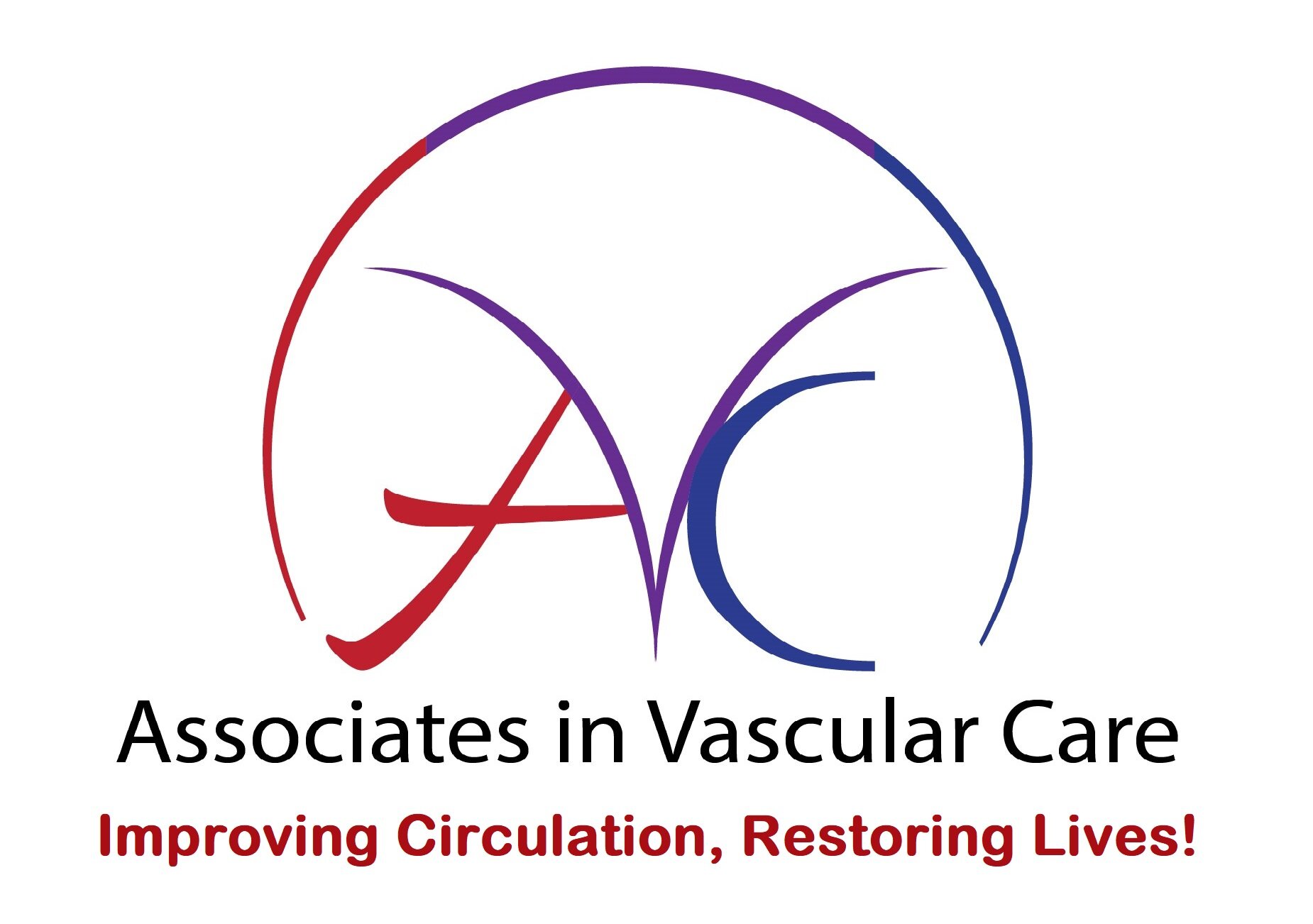Leg pain? Think Peripheral Arterial Disease
Mild soreness or discomfort after exercise is normal. However, severe pain, specifically pain that occurs when you’re only walking a short distance, may be a sign of a condition called peripheral artery disease (PAD). This condition, also known as peripheral vascular disease, can make even simple actions like walking across the room a challenge. According to the CDC, approximately 8.5 million Americans have peripheral arterial disease, including 12 to 20 percent of people older than 60.
Good news….
Peripheral artery disease can be treated. It doesn’t have slow you down.
Simple diagnostic tools and treatment options let us identify and address the causes of your leg pain to get you back on your feet.
Don’t ignore the symptoms of Peripheral Arterial Disease
One of the big problems with peripheral artery disease is that people often don’t get help for it. They think it’s just a part of getting older, or maybe it’s their “ arthritis” acting up. People with diabetes can mistake the pain of peripheral artery disease with diabetic neuropathy, a burning or painful feeling in the legs.
What are my treatment options?
If peripheral artery disease is caught early, it’s often possible to treat with lifestyle changes. This include creating a plan for healthy eating and regular exercise, both of which can improve poor circulation and slow blockages from forming in the arteries.
If you are a smoker, one major lifestyle factor we recommend is to quit smoking.
These lifestyle changes are very important in the treatment and management of PAD. But they may not be enough to treat advanced cases of peripheral artery disease. In these cases, treatment will require a procedure to restore the blood flow to the legs. The good news is we usually can do this through endovascular procedure, which involves minimally invasive procedures than can be done in the office.
We treat peripheral artery disease with the following procedures:
Angioplasty: We insert a thin, flexible tube called a catheter and thread it to the blocked artery. Then we inflate a special balloon inside the artery that pushes the blockage aside and restores proper blood flow. We also may implant a stent, a device to help keep the artery open, during this procedure.
Atherectomy: Similar to an angioplasty, this also involves using a catheter. We use catheters with special cutting tools to cut blockages out of arteries. We also may implant a stent during this procedure.
Bypass graft: If we can’t remove a blockage, we may be able to go around it. A bypass graft involves using either a blood vessel from elsewhere in your body or a synthetic vessel to go around, or bypass, the blocked artery.
Leg pain isn’t just a part of getting older. It can be a sign of serious, potentially life-threatening problems. But with the right diagnosis and treatment, leg pain can be something you look back on—not something you just have to live with.



